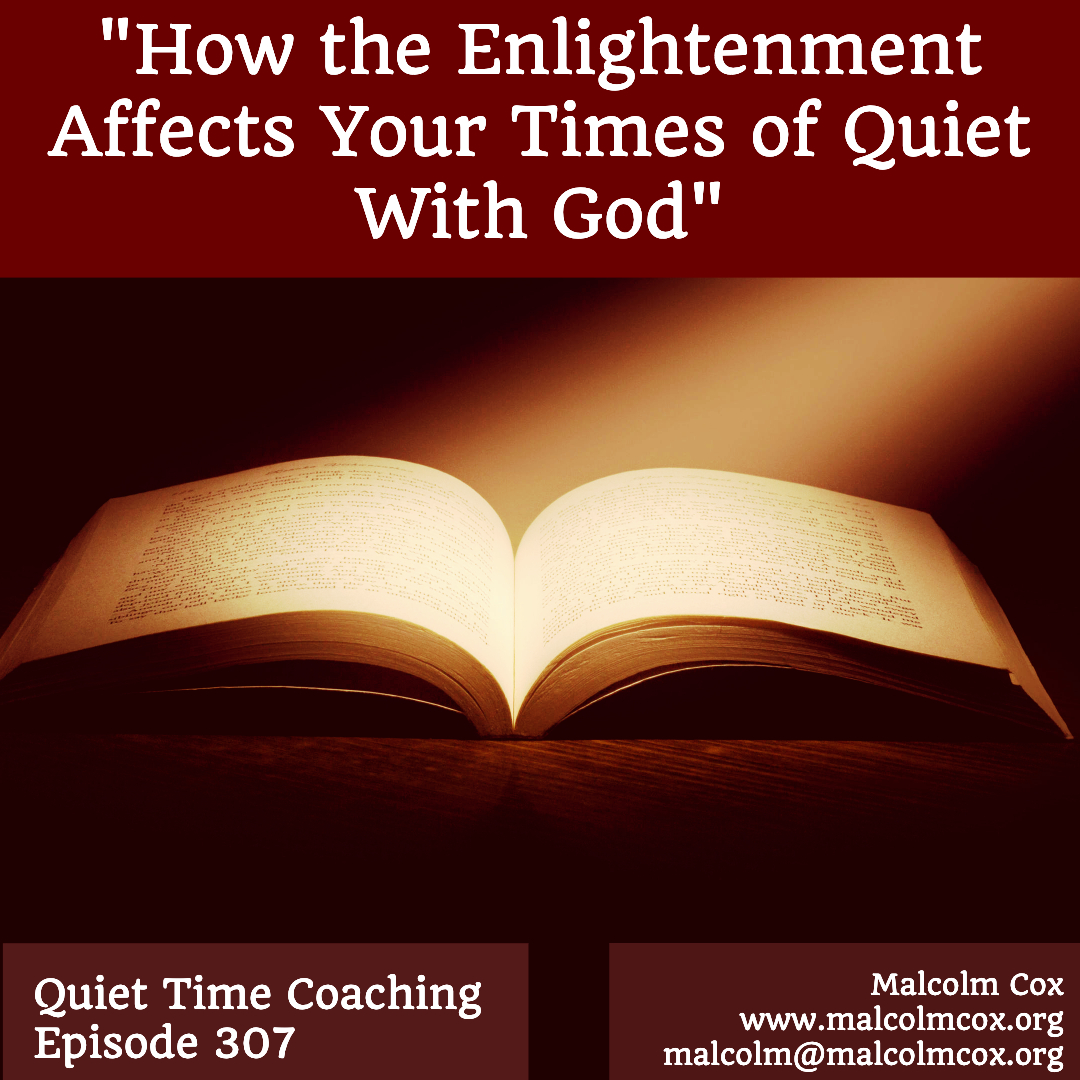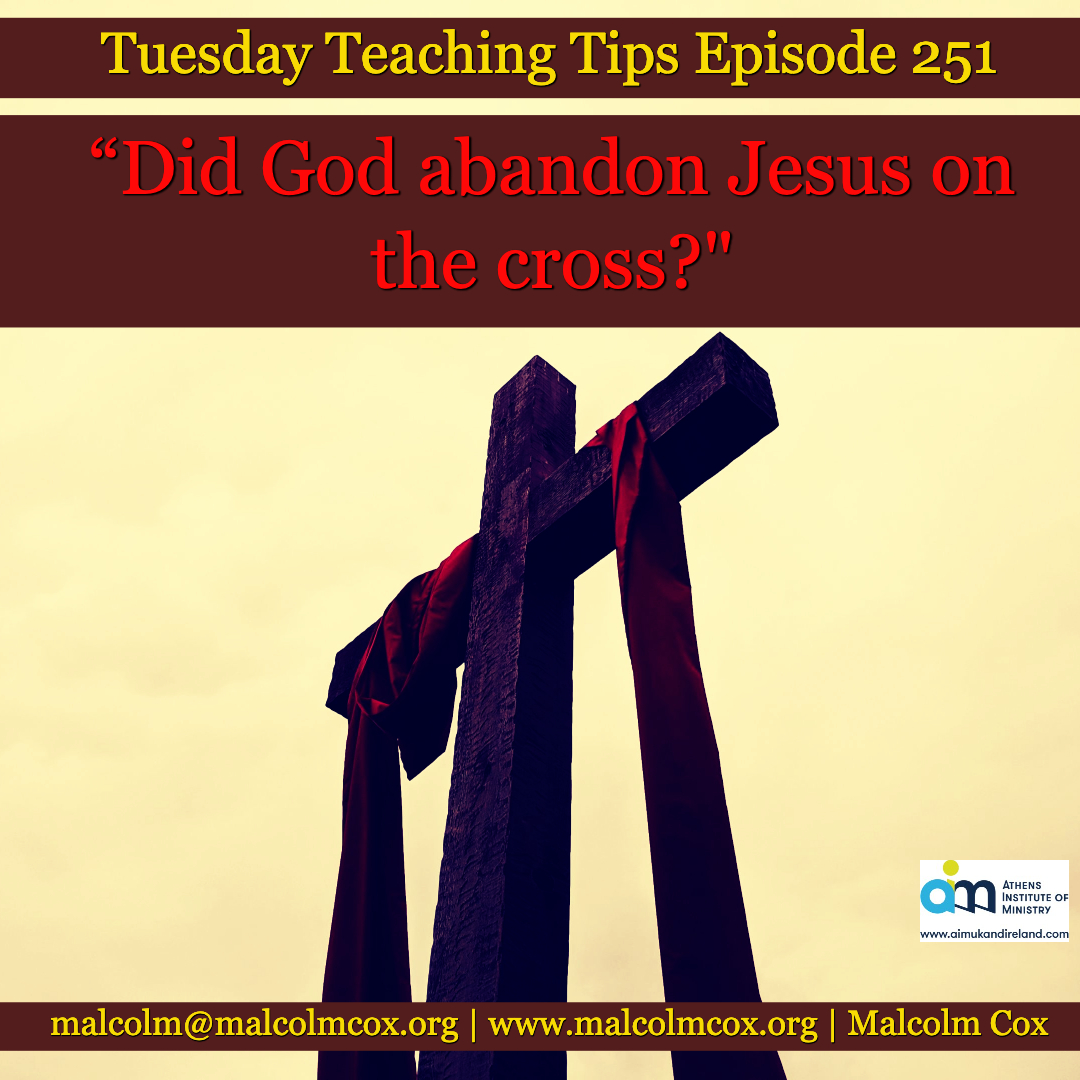What is the usefulness and relevance of movement and posture in corporate worship? This is the Eighth in a series on this topic inspired by a chapter in “Participating in Worship” by Craig Douglas Erickson.
Today we look at the issue of sitting.
We take sitting for granted, of course. But should we consider that there may be some aspects of our Christian worship that benefit most specifically by the fact that we as a congregation and/or those leading worship, singing and preaching might be seated.?
Jesus sat among the teachers in the temple (Luke 2:46;) and he taught while seated (Luke 4:16-20; John 8:2). Mary sat at Jesus feet (Luke 10:39). Sitting was permitted during the delivery of prophecy (1 Corinthians 14:30).
Sitting whilst praying is unknown in the Bible. Instead, the many postures recorded for prayer vary from prostration and kneeling to standing. For some reason, sitting seems to have been avoided. It is, however, our most common posture for prayer. Are we missing something here?
There is, clearly, nothing inherently unspiritual about sitting, but should we consider more carefully how much “sitting” there is in our services? Granted, we must pay attention to the people in our midst who have physical challenges and those who are not strong, but I wonder if we have too much sitting.
Please add your comments on this week’s topic. We learn best when we learn in community.
Do you have a question about teaching the Bible? Is it theological, technical, practical? Send me your questions or suggestions. Here’s the email: malcolm@malcolmcox.org.
If you’d like a copy of my free eBook on spiritual disciplines, “How God grows His people”, sign up at my website: http://www.malcolmcox.org.
Please pass the link on, subscribe, leave a review.
“Worship the LORD with gladness; come before him with joyful songs.” (Psalms 100:2 NIV11)
God bless, Malcolm
PS: You might also be interested in my book: “An elephant’s swimming pool”, a devotional look at the Gospel of John


